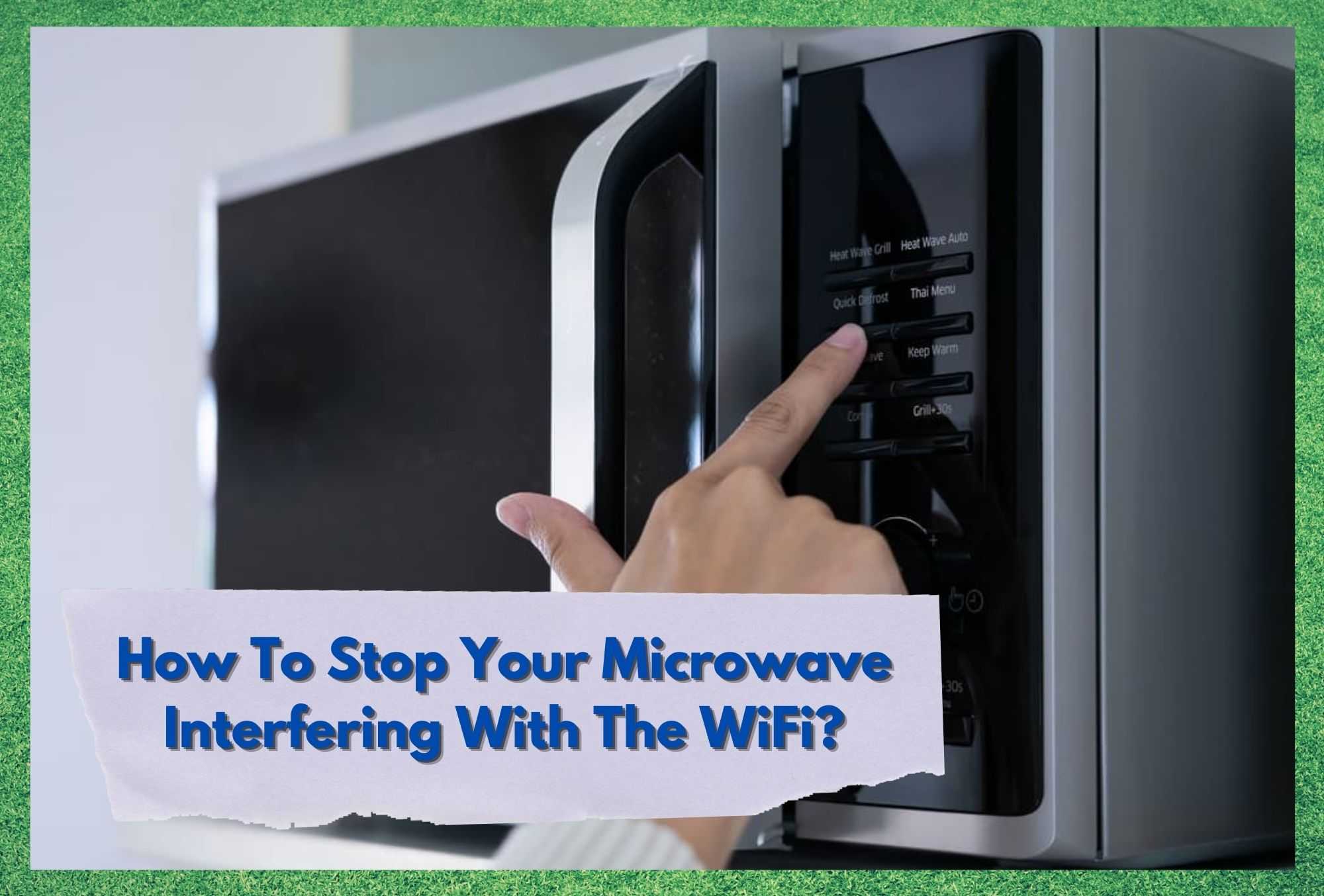
These days, there are fewer and fewer people out there who manage to go about their day-to-day business without Wi-Fi. We no longer can effectively manage all of our dealings without it. We socialise online, meet our partners online, play games online, do our banking online, and more and more of us now work entirely online. Once you are used to a decent connection, it is nearly impossible to go without it.
In general, most of the companies out there at the moment have been getting steadily more reliable at providing us with these needs. So, this can make it pretty frustrating when the signal gets low or drops out entirely. But it is important to note that there are also loads of other devices in existence that can cause this to happen.
It is not always the fault of the internet provider. Of these devices, the most notorious is the humble microwave. It is quite literally notorious within customer support departments for being the root cause of internet issues.
Microwaves send out a really strong signal that can totally fry the signal from your router and stop it getting to the device you are using. However, there are ways around this. You don’t need to do anything crazy just yet – like throwing out your microwave, for example. Today, we are going to run you through some simple alternatives to sidestep the problem effectively. Ad here they are!
How To Stop Your Microwave Interfering With The WiFi?
- Try changing to the 5 GHz band
The main reason that microwaves cause so much disruption to your signal is that they happen to run at the same frequency as your router generally does, 2.4 GHz. The handy thing to know here is that nearly all modern routers will have an option to allow you to broadcast your signal at 5 GHz.
Given that there are relatively few devices that operate at this frequency, the chance of signal interference will thus drop dramatically. So, first things first, it is time to check whether the router you are using has this option.
If it doesn’t, we will need to try the next step for a different fi. However, if it does, the next thing that you will need to do is make sure that the various devices you are using are also 5 GHz enabled. Sadly, quite a lot of smart home devices will not be.
But if you are just looking to get a steady signal to a computing device, this will be an excellent solution. Switch over to the 5 GHz setting immediately in your router’s settings and you should be noticing a big difference straight away.
Before we move on from this step though, there is one compromise we should make you aware of. The 5 GHz signal does not carry for nearly as far as the 2.4 GHz one. You may need to make sure that you sit closer to the router or move it into a more convenient and central space.
- Make sure there isn’t another router too close to the one you are using
With routers, placement is key to the way they will perform in the long run. One mistake that we see a lot is people putting their routers (if they have multiple) too close together. If they are close together and there is also a microwave in the mix, this will hurt your network efficiency and slow speeds to a crawl.
So, make sure that each router you are using has its own space to operate in and you should notice better signals throughout your home/office thereafter. Of course, there is also the option here to incorporate extenders and boosters too, just to give them that little extra helping hand.
Once you have done all of this, the issues with your Wi-Fi will be totally resolved. At least, this will be the case for the vast majority of you. If not, it is time to move onto or next step.
- Simply keep everything away from the microwave
This is perhaps the most simple and logical step of them all, but if the problem still persists, there seems to be no other and cleverer way to get around it. The simple fact of it is that you will need to remove the router even further from the microwave than it currently is.
While doing that, it is also worth checking that it is not near any other source of high interference. Perhaps there is some other radio transmitting device that is causing some hassle here?
Of course, the same treatment should apply to the device you are trying to use in conjunction with the router. If that’s beside a source of interference, the result will be the same. Overall, this is pretty much all that you can do if your router doesn’t have the inbuilt 5 GHz capacity.
As a parting piece of advice, we would recommend updating your router to one of these at some point. As more and more devices are making their way into homes, broadcasting their signal at 2.4 GHz, the chance of interference is only bound to increase in the future.